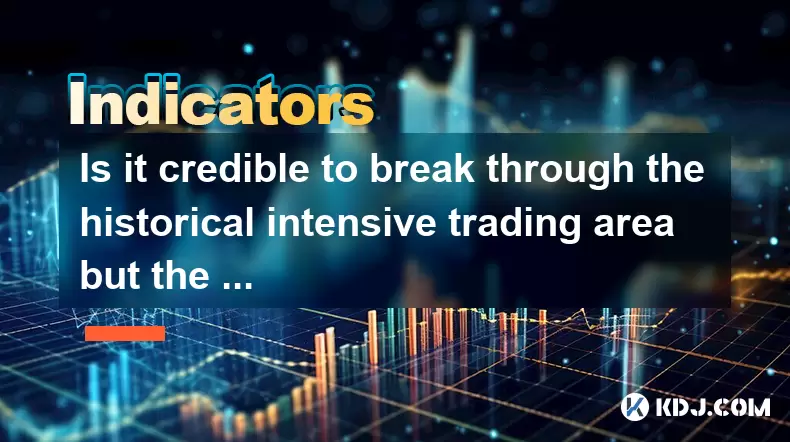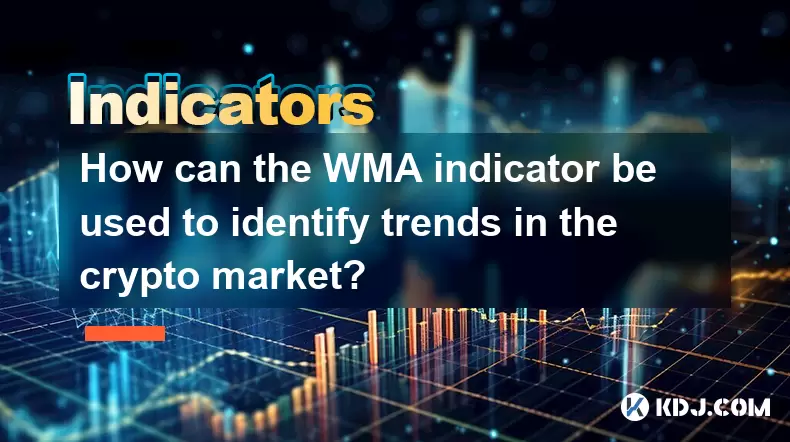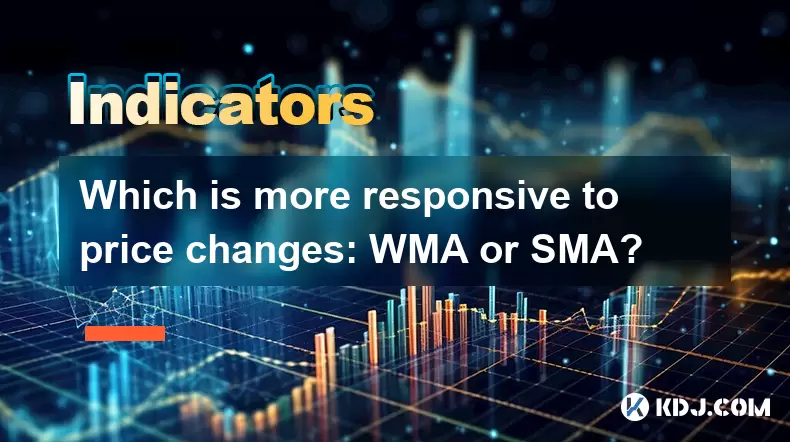-
 Bitcoin
Bitcoin $118300
-0.58% -
 Ethereum
Ethereum $3825
0.11% -
 XRP
XRP $3.137
-0.71% -
 Tether USDt
Tether USDt $0.9999
-0.01% -
 BNB
BNB $803.9
-3.37% -
 Solana
Solana $181.5
-1.94% -
 USDC
USDC $0.9999
0.01% -
 Dogecoin
Dogecoin $0.2238
-2.51% -
 TRON
TRON $0.3358
2.12% -
 Cardano
Cardano $0.7844
-2.16% -
 Hyperliquid
Hyperliquid $43.31
-1.48% -
 Sui
Sui $3.807
-4.04% -
 Stellar
Stellar $0.4203
-1.96% -
 Chainlink
Chainlink $17.79
-3.00% -
 Bitcoin Cash
Bitcoin Cash $567.8
-1.34% -
 Hedera
Hedera $0.2614
-4.30% -
 Avalanche
Avalanche $24.19
-4.46% -
 Litecoin
Litecoin $109.2
-0.74% -
 UNUS SED LEO
UNUS SED LEO $8.969
-0.01% -
 Toncoin
Toncoin $3.404
3.97% -
 Ethena USDe
Ethena USDe $1.001
-0.01% -
 Shiba Inu
Shiba Inu $0.00001307
-3.19% -
 Uniswap
Uniswap $10.33
-1.23% -
 Polkadot
Polkadot $3.884
-4.06% -
 Monero
Monero $312.9
-1.87% -
 Dai
Dai $1.000
0.01% -
 Bitget Token
Bitget Token $4.537
-2.24% -
 Pepe
Pepe $0.00001156
-3.40% -
 Cronos
Cronos $0.1437
-0.89% -
 Aave
Aave $282.8
-2.77%
Is it credible to break through the historical intensive trading area but the volume is insufficient?
A breakout without sufficient volume may signal weakness, as it often lacks institutional participation and can lead to false moves.
Jun 18, 2025 at 11:28 pm

Understanding the Historical Intensive Trading Area
In cryptocurrency trading, a historical intensive trading area refers to a price range where significant buying and selling activity has occurred repeatedly over time. This zone is often marked by multiple candlesticks showing consolidation, with high trading volumes and frequent reversals. Traders use these zones to anticipate potential support or resistance levels in future price movements.
When a cryptocurrency's price moves beyond this area, it can signal a shift in market sentiment. However, if such a breakout occurs with insufficient volume, traders must exercise caution. Volume plays a crucial role in confirming the strength of a price movement. A breakout without adequate volume may indicate that institutional players or large traders are not participating actively, which could lead to a false move.
Important: The reliability of a breakout is directly proportional to the volume behind it.
The Role of Volume in Confirming Breakouts
Volume is one of the most critical factors in technical analysis within the crypto market. It reflects the number of assets being traded during a specific period. When analyzing breakouts from historical trading areas, volume serves as a validation tool. A strong breakout typically comes with a surge in volume, suggesting that more participants are entering the market at that new price level.
Conversely, low volume during a breakout raises concerns about its authenticity. This situation often leads to what is known as a "false breakout" or "fakeout," where the price briefly moves past a key level but quickly reverses. In such cases, retail traders might get caught on the wrong side of the trade if they act solely based on price action without considering volume.
- Check volume spikes when price breaks through a major zone.
- Compare current volume with the average volume of the past few days.
- Avoid immediate entry if volume remains flat during the breakout.
How to Identify False Breakouts in Cryptocurrency Charts
False breakouts are common in volatile markets like cryptocurrencies. Identifying them early can prevent losses and improve trading accuracy. One way to detect a false breakout is by observing price rejection patterns after breaking through a key level. For instance, long wicks or engulfing candles after a breakout may suggest that the move lacks conviction.
Another method involves using volume indicators like On-Balance Volume (OBV) or Chaikin Money Flow (CMF). These tools help assess whether accumulation or distribution is happening beneath the surface. If a breakout occurs but these indicators do not confirm the move, it’s a red flag.
Additionally, monitoring order book depth can provide insights into whether large buy or sell walls are forming near the breakout level. Absence of substantial liquidity at the new price level further supports the idea of a weak breakout.
Strategies for Trading During Low-Volume Breakouts
Trading during low-volume breakouts requires extra caution. Many experienced traders adopt a wait-and-see approach rather than jumping in immediately. One effective strategy is to wait for a retest of the broken level before entering a trade. If the price holds above or below the former support/resistance after retesting, it increases the probability of a valid breakout.
Another technique is to combine multiple timeframes. For example, if a daily chart shows a breakout with low volume, checking the 4-hour or 1-hour charts might reveal stronger confirmation signals. This multi-timeframe analysis helps filter out noise and confirms whether smaller timeframes align with the larger trend.
Moreover, setting tight stop-loss orders can protect against sudden reversals. Since low-volume breakouts are prone to rapid pullbacks, limiting downside risk becomes essential. Traders should also avoid over-leveraging in such scenarios to reduce exposure.
Using Indicators to Validate Breakouts
To enhance the credibility of a breakout, traders often rely on technical indicators. Moving averages, particularly the 50-period and 200-period Exponential Moving Averages (EMA), can help identify whether the breakout aligns with the broader trend. If the price is above both EMAs after breaking out, it adds weight to the validity of the move.
The Relative Strength Index (RSI) is another useful tool. A breakout accompanied by RSI moving above 50 suggests strengthening momentum. Conversely, if RSI remains below 50 despite a price breakout, it may indicate weakness in the move.
Bollinger Bands can also be helpful. A breakout that occurs with the bands expanding may suggest strong momentum, while a breakout with contracting bands indicates indecision among traders.
Tip: Use a combination of indicators to cross-validate breakout signals.
Frequently Asked Questions
Q1: Can I trust a breakout if only one candlestick crosses the historical trading area?
A breakout confirmed by just one candlestick, especially without volume support, is generally unreliable. Wait for subsequent candles to close beyond the zone and show strong follow-through before considering entry.
Q2: Should I ignore all breakouts with low volume?
Not necessarily. Sometimes, low-volume breakouts precede major moves once the market digests previous congestion. However, they require additional confirmation like a retest or trendline alignment before taking action.
Q3: How can I differentiate between real and fake breakouts visually?
Real breakouts usually come with clean candlestick patterns, strong volume surges, and no immediate rejection. Fake breakouts often exhibit sharp moves followed by quick reversals and lack participation from large orders.
Q4: Are there any specific candlestick patterns that warn of false breakouts?
Yes, patterns like the pin bar, inside bar, and bearish/bullish engulfing after a breakout can indicate reversal or rejection. Pay attention to how price behaves after the initial move to gauge its sustainability.
Disclaimer:info@kdj.com
The information provided is not trading advice. kdj.com does not assume any responsibility for any investments made based on the information provided in this article. Cryptocurrencies are highly volatile and it is highly recommended that you invest with caution after thorough research!
If you believe that the content used on this website infringes your copyright, please contact us immediately (info@kdj.com) and we will delete it promptly.
- UNITE, KuCoin, and the Future of Mobile Gaming: A New York Minute on Web3
- 2025-07-30 16:30:12
- Strategy, Bitcoin, Investment: Riding the Crypto Wave Like a Pro
- 2025-07-30 16:30:12
- JD.com, Jcoin, and Stablecoins: Hong Kong's Regulatory Embrace
- 2025-07-30 16:50:11
- Pi Network, Onramp Money, and Wallet Fails: What's the Deal?
- 2025-07-30 16:50:11
- PENGU Price Primed for Liftoff? Bullish Rally Signals Emerge
- 2025-07-30 16:55:12
- Dogecoin's Wild Ride: Token Unlocks, Circulation, and the $1 Dream
- 2025-07-30 16:55:12
Related knowledge

What are the best WMA settings for day trading crypto?
Jul 30,2025 at 03:43pm
Understanding WMA in the Context of Crypto Day TradingThe Weighted Moving Average (WMA) is a technical indicator that assigns greater importance to re...

How can the WMA indicator be used to identify trends in the crypto market?
Jul 30,2025 at 04:56pm
Understanding the WMA Indicator in Cryptocurrency TradingThe Weighted Moving Average (WMA) is a technical analysis tool that assigns greater importanc...

What are the advantages of using the WMA indicator for crypto?
Jul 30,2025 at 03:21pm
Understanding the WMA Indicator in Cryptocurrency TradingThe Weighted Moving Average (WMA) is a technical analysis tool widely used in cryptocurrency ...

Which is more responsive to price changes: WMA or SMA?
Jul 30,2025 at 05:00pm
Understanding Weighted Moving Average (WMA)The Weighted Moving Average (WMA) assigns greater importance to recent price data, making it inherently mor...

What are the main differences between WMA, SMA, and EMA in crypto?
Jul 30,2025 at 02:50pm
Understanding the Role of Private Keys in Cryptocurrency WalletsEvery cryptocurrency wallet operates based on cryptographic principles, with the priva...

How is the WMA indicator calculated in cryptocurrency trading?
Jul 30,2025 at 02:35pm
Understanding the Weighted Moving Average (WMA) in Cryptocurrency TradingThe Weighted Moving Average (WMA) is a technical analysis tool widely used in...

What are the best WMA settings for day trading crypto?
Jul 30,2025 at 03:43pm
Understanding WMA in the Context of Crypto Day TradingThe Weighted Moving Average (WMA) is a technical indicator that assigns greater importance to re...

How can the WMA indicator be used to identify trends in the crypto market?
Jul 30,2025 at 04:56pm
Understanding the WMA Indicator in Cryptocurrency TradingThe Weighted Moving Average (WMA) is a technical analysis tool that assigns greater importanc...

What are the advantages of using the WMA indicator for crypto?
Jul 30,2025 at 03:21pm
Understanding the WMA Indicator in Cryptocurrency TradingThe Weighted Moving Average (WMA) is a technical analysis tool widely used in cryptocurrency ...

Which is more responsive to price changes: WMA or SMA?
Jul 30,2025 at 05:00pm
Understanding Weighted Moving Average (WMA)The Weighted Moving Average (WMA) assigns greater importance to recent price data, making it inherently mor...

What are the main differences between WMA, SMA, and EMA in crypto?
Jul 30,2025 at 02:50pm
Understanding the Role of Private Keys in Cryptocurrency WalletsEvery cryptocurrency wallet operates based on cryptographic principles, with the priva...

How is the WMA indicator calculated in cryptocurrency trading?
Jul 30,2025 at 02:35pm
Understanding the Weighted Moving Average (WMA) in Cryptocurrency TradingThe Weighted Moving Average (WMA) is a technical analysis tool widely used in...
See all articles

























































































